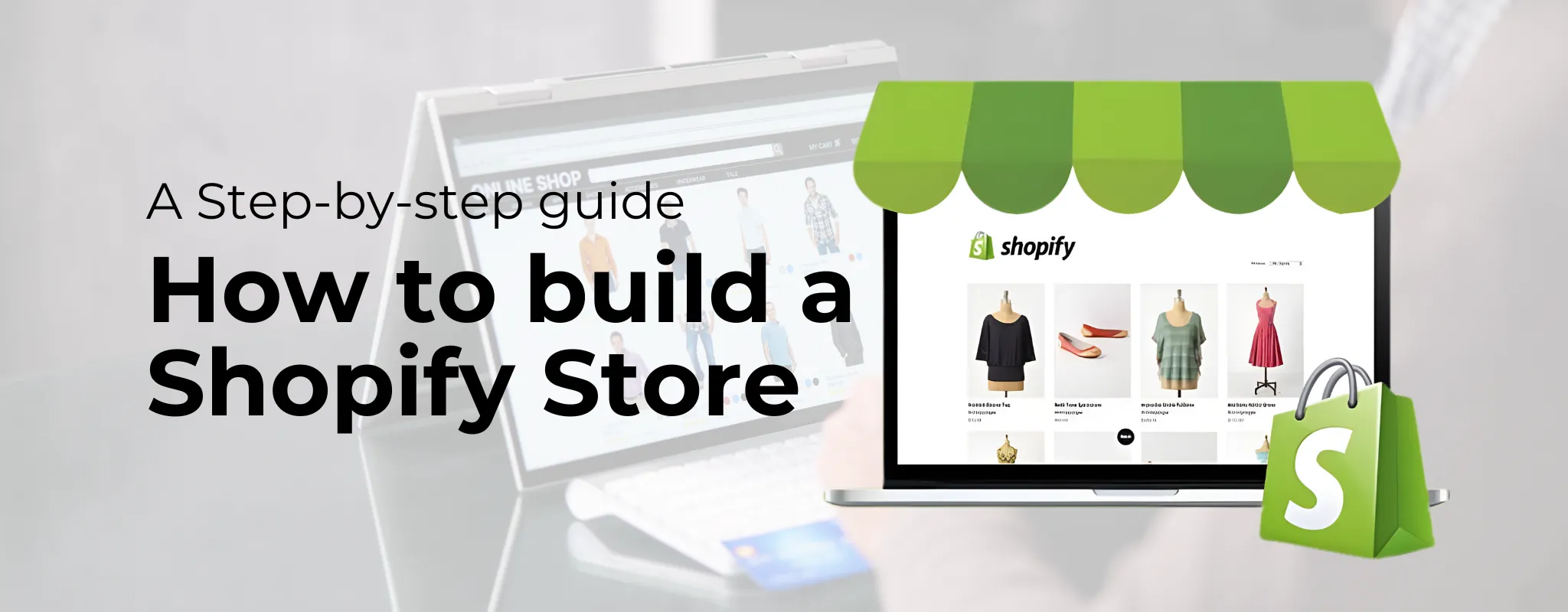

Imagine launching a spaceship, crafting a luxury watch, or releasing the next viral app — would you trust it to luck?
Of course not. Because when it comes to creating something that works perfectly, quality isn’t a checkbox. It’s the foundation.
In the world run by speed, automation, and innovation, it is no longer a bonus; this is the survival strategy of your brand. Whether it is an expertly crafted car, a software update that has been pressed into millions overnight, or a life-saving vaccine, qualities determine everything: trust, performance, security, and reputation.
Still, behind every perfect product lies a silent partnership: Quality Assurance and Quality Control. Often misunderstood and wrongly treated as the same, these two functions play separate but equally critical roles in ensuring things don’t just work, they excel.
In this blog, we’ll pull back the curtain on QA vs. QC, explore why the difference matters, and see how both are evolving in today’s AI-powered, Agile-fueled industries.
What Is Quality Assurance?
QA is an active process in software development that follows strong procedures from the collection of first requirements for final delivery, prevents errors, and guarantees quality at each stage.
QA team reviews development and testing plans, sets clear standards, and implements techniques. Along with this, they identify high-chance issues early, when they’re easier and more economically fit to fix.
What Are the Pros and Cons of QA?
Modern development teams rely on QA to maintain their processes effectively and their software reliably. In a rapidly growing environment like Agile and DevOps, QA helps to capture and maintain quality. Well, its benefits are already recognized, and we should also get an idea about its strengths and potential challenges.
Advantages
- Early detection of errors: QA development helps identify early problems in the life cycle, when they are simple and more affordable.
- Structured procedures and standards: By improving best practices and continuous workflows, QA improves growth efficiency and increases the total code quality.
- Customer oriented results: Early quality checks guide the project in the right direction, so the end result truly reflects what the customer wanted.
Limitations
- Resource-intensive: Using effective QA procedures can require significant time, skilled personnel, and financial investments.
- Process dependent: QA is only effective if the processes are behind. If these processes are followed or followed poorly, QA does not result.
- Potential for slow innovation: In some cases, inflexible QA frameworks can sluggish down development cycles or restrict flexibility, making it hard to respond quickly to changing or replacing them.
What Is Quality Control (QC)?
The reactive process of extensively testing software to make sure it satisfies quality standards and requirements before releasing it to end users is known as quality control (QC). QC functions similarly to a final inspection in that any problems found can be resolved before release.
QC usually uses a variety of testing methods. The device test checks each software to ensure that it works on its own. Integration tests see how they connect and interact; they work together evenly. System checkout examines the software product as a whole to see whether it satisfies all specifications and plays as expected.
The Pros and Cons of Quality Control in Software Development
Quality Control helps confirm that the software works properly and runs smoothly. It’s the final check before the product is ready to launch. However, like every device, it comes with both benefits and demanding situations. Let’s have a look:
Advantages
- Detects issues before the software reaches end users.
- Verifies that features work as expected and meet specifications.
- Provides a final checkpoint before release to ensure quality standards.
Limitations
- QC is reactive, and can be expensive to fix late issues found in the development.
- Writing and maintaining test cases can be time-consuming and high-effort.
- Test processes can slow down development and delay the market from time to time.
Difference between QA & QC
While quality assurance and quality control each aim to enhance product satisfaction, they achieve this in basically extraordinary ways. Think of QA as the architect making plans and an ideal design, even as QC is the inspector who guarantees the final build meets those plans.
Let’s see how they vary in large dimensions:
| Parameters | Quality Assurance | Quality Control |
|---|---|---|
| Objective | QA is about preventing errors before everything occurs. | QC is about detecting defects in the final product. |
| Focus | QA ensures each step follows best practices and standard procedures. | QC uses testing, inspection, and validation to verify the actual product or deliverable. |
| Timing | QA is a proactive activity. It’s implemented from the very beginning of a project. | QC is reactive. It comes into play once the product is built. |
| Responsibility | QA is a company-wide responsibility. | QC is usually dealt with by using specialized roles. |
| Tools & Techniques | QA uses equipment and strategies like checklists, audits, technique documentation. | QC involves checking out equipment , bug-monitoring systems, manual inspections |
| Documentation | Documenting process standards, quality plans, best practices, and preventive actions. | QC generates documentation like test cases, bug reports, and inspection checklists. |
Industry-Wise Importance of QA and QC
There’s no universal formula for quality, and QA and QC reflect that. From software lines to factory floors, they quietly guarantee the things we rely on are safe, functional, and trustworthy. They are not just the industry’s standard; they are a lifeline in the industry.
Software Development
In the world of software development, the QA determines the quality before writing a single code line. It defines procedures, standards, and outposts as guides for the development teams and ensures that the quality is maintained from the sprint scheme to the distribution.
Meanwhile, QC acts as a safety net, catching errors through automatic and manual testing, validation, performance, and everything expected before you reach the user. Together, they ensure that software ships quickly, breaks less, and is more satisfying.
Manufacturing
With Industry 4.0 progression, QA ensures process stability through IoT surveillance, process compliance, and lean practice to prevent deficiencies quickly.
The QC complements it using visual probes, defect analysis, and AI-based inspections to capture problems before production to a large extent. Together, they reduce waste, promote efficiency, and protect the brand’s reputation.
Healthcare & Pharmaceuticals
In healthcare and pharma, QA ensures everything follows standards like FDA, ISO 13485, and GxP. It does this through well-documented and verified processes. It focuses on getting matters proper from the beginning.
QC verifies product protection and first-class quality through batch testing, lab validation, and sampling earlier than what reaches the marketplace, protecting patients and ensuring regulatory approval.
Conclusion
In order to satisfy excessive standards in product development, teams actively use both Quality Assurance as in QA and Quality Control called QC. QA makes a specialty of enhancing strategies to prevent mistakes from taking place, even as QC makes zero when the final product detects and corrects issues. When used at the same time, they ensure that frequent quality is produced and the entire development is constant throughout the life cycle.
Are you searching for the quality of your software projects? Arosys is here to help you do it creatively and effectively.










